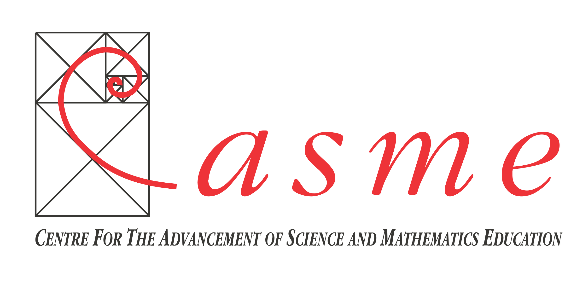SOUTH32 PROJECT BACKGROUND AND INTENDED OUTCOMES
The project is rolled out in King Cetshwayo District in the north of KwaZulu-Natal, supporting 10 rural secondary schools. This is one of the projects through which South32 seeks to make meaningful contribution to social economic development of the country, as part of commitment to South African’s National Transformation Agenda.
Project schools vary in size (enrolment), with the inclusion of one school (Encutshini) that has an extremely low enrolment, comprising of only 7 learners in grade 9. Supported schools are: Amabuye; Amangwe ; Encutshini ; Isiphephelo ; Manqamu; Mgitshwa ; Mpephose ; Ntongande ; Qhamuka and Ugome. This is a Teacher Development Projects comprising of the following components:
- Teacher Development (Mathematics, Natural sciences, Coding & Robotics)
– Teacher workshops
– Teacher In-school Support Visits
- Science Resource use (Loaning of Resources)
– Support received by Project and Non-project schools
- Learner Support (Coding & Robotics)
– Learner Coding Clubs in all 10 Project Schools
The project has been continuously supporting 10 high schools in in different communities of King Cetshwayo District. However, there has been a consideration that 2 schools (Ugome and Encutshini) be replaced due to their nonviability status emanation from the noticed recurring decrease in the learner enrolment, inconsistent participation in teacher workshops and schools’ functionality in general.
The current project implementation has been proposed to spread its dosage over a period cycle of 3 years as the service provider envisages the opportunity of tracking the uptake of Mathematics and Physical Science in grade 10 and beyond. Tracking learners who choose Mathematics and Physical Science in grade 10 and beyond will assist in the process of measuring the project impact, since the tracked learner will be further supported in grade 11 and 12 to ensure that they maintain good attainment in the targeted STEM subjects.

